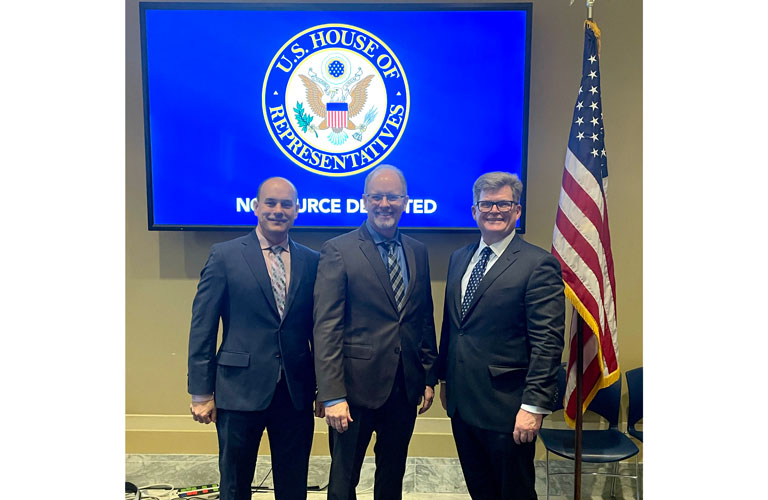
Adjuvants Help to Overcome Herbicide Antagonism
Dicamba, 2,4-D, and glufosinate tolerance for soybeans and cotton have opened a new world of opportunity for using these herbicides for post-emergence weed control. However, these opportunities also introduce challenges with antagonism when multiple herbicides are tank-mixed.


